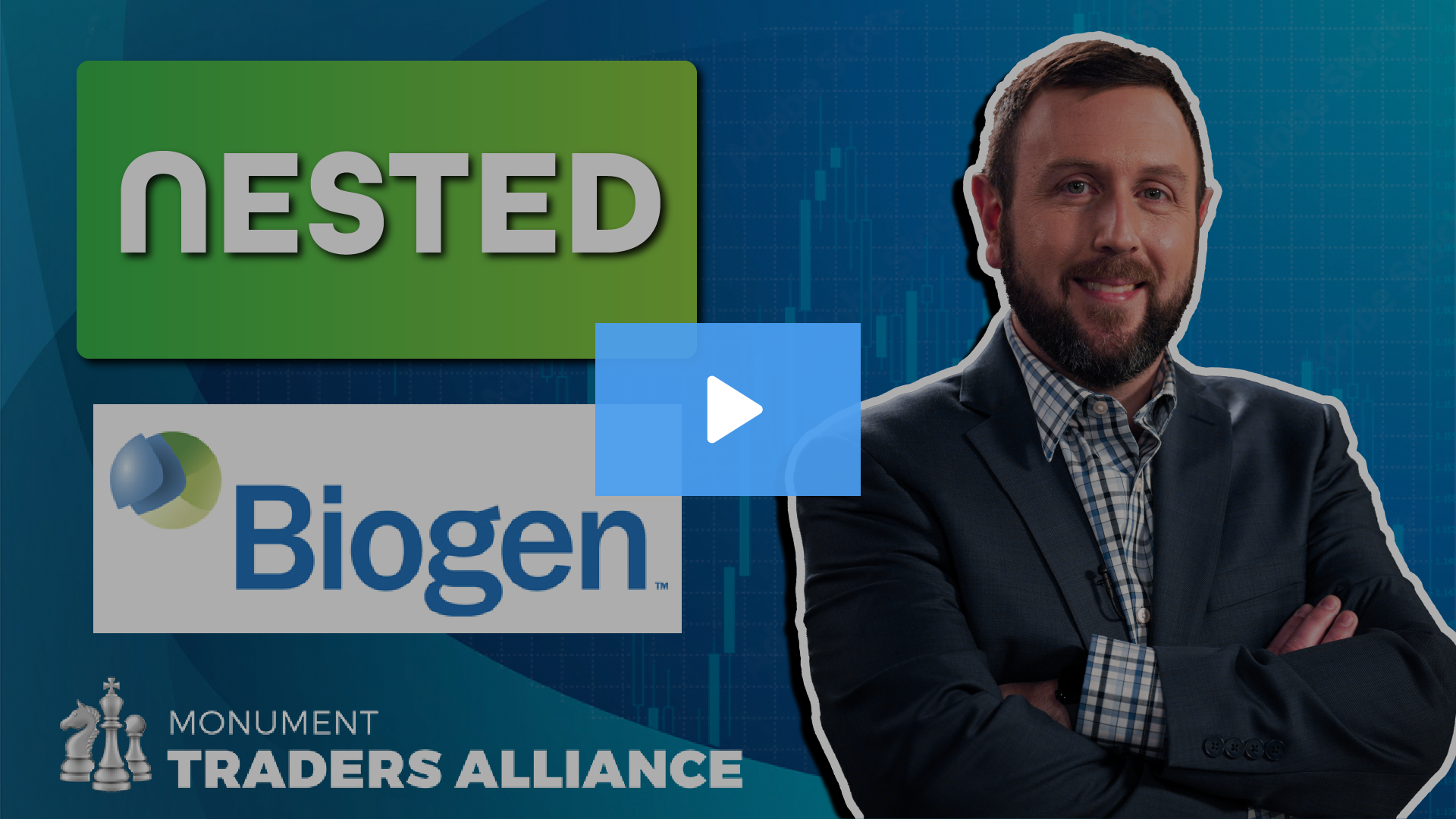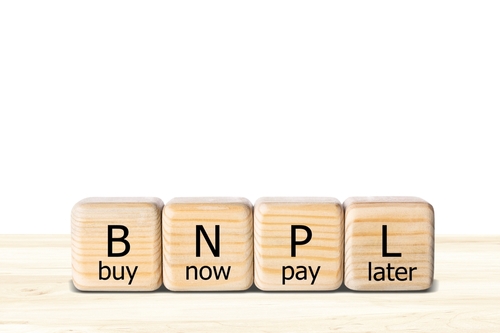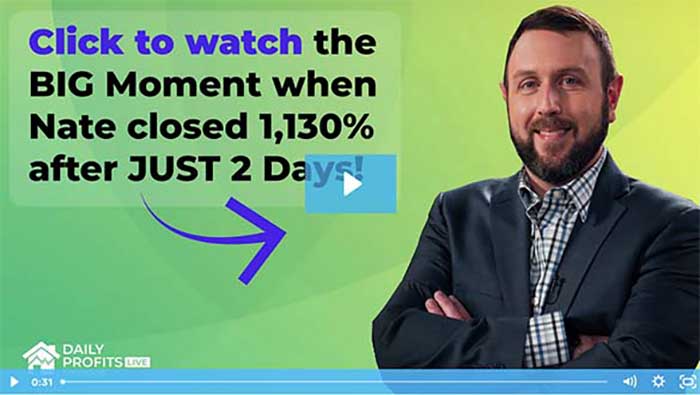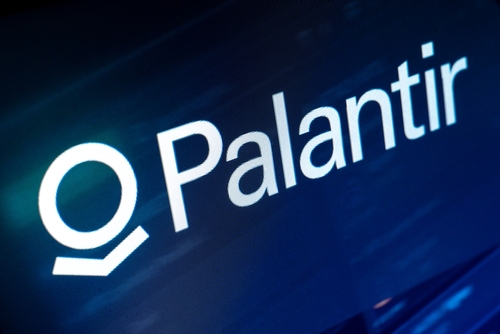How Correlations Pair Perfectly with Strangles
This week we held a special event around Nvdia (NVDA) earnings. We wanted to show attendees that there were several ways to play the earnings release besides buying NVDA shares for $970.
Those who joined us in The War Room used a unique strategy called a strangle.
What we look for when it comes to these types of situations is not how to play the obvious (betting whether the stock will go up or down on earnings day), but how to use a vehicle that no one else is thinking about but has a very strong correlation.
Correlation strategy
Playing correlation in investing is one of the best strategies out there and pairing it with a strangle increases the odds of success.
If you are not familiar with strangles, here’s a quick primer:
A strangle is an options strategy used in investing that involves buying both a call option and a put option with the same expiration date but different strike prices. The call option has a higher strike price than the put option.
This strategy is typically used when an investor expects significant volatility in the price of the underlying asset but is unsure of the direction of the price movement.
When to Use a Strangle:
- When you expect a large price movement but is uncertain about the direction.
- Situations such as earnings announcements, mergers, or other significant events that could cause substantial price swings.
- The maximum loss is limited to the total premium paid for both options.
For example: Suppose a stock is currently trading at $50, and an investor expects a big move in the stock price due to an upcoming earnings report but is uncertain whether the price will go up or down. You could:
- Buy a call option with a strike price of $55.
- Buy a put option with a strike price of $45.
- Both options have the same expiration date.
The goal here is for the shares to move up or down enough to cover the cost of the strangle (what you paid for the put and call) and then some.
Now, when you pair that with a backdoor correlated play that usually will cost you less, you have a perfect set-up. That’s exactly what we did with NVDA.
We chose a specific investment that showed a strong historical correlation to NVDA. That means when NVDA moves higher, it moves higher and vice versa.
But, for any strangle to work, the move must be greater than what you paid for the entire strangle or that trade will be a bust or close to it.
Once the event occurs, the volatility component of the Options Pricing Model will go to zero on a short term trade and it will trade on its intrinsic value and remaining time value.
![]()
YOUR ACTION PLAN
Using a correlated strangle is something we do around earnings and economic events in The War Room and Catalyst Cash-Outs. Our trading platforms make up a very special community where we share our investment ideas for both short and long-term trades. Today we announced our latest trade in Catalyst Cash-Outs.
More from Trade of the Day
How Long Can This Silver Run Last?
Jan 15, 2026
Inside the Amazon Decision That Lost Millions
Jan 14, 2026


























